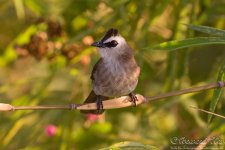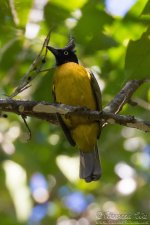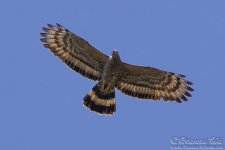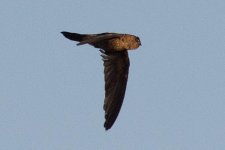howiewu
Well-known member
Hi,
I took these in or around Siem Reap between the 24th and 29th of November, 2019.
My thoughts:
1. not sure, must be a very common bird
2. surely Black-crested Bulbul?
3. not sure
4. some kind of swift? Not sure which one, it seems to be devoid of markings. They are very common in the city.
5. not sure! It seems to be a raptor, but it seems to have an odd proportion (for me; I am not familiar with Southeast Asia birds).
What do you think?
Thanks in advance,
Howard
I took these in or around Siem Reap between the 24th and 29th of November, 2019.
My thoughts:
1. not sure, must be a very common bird
2. surely Black-crested Bulbul?
3. not sure
4. some kind of swift? Not sure which one, it seems to be devoid of markings. They are very common in the city.
5. not sure! It seems to be a raptor, but it seems to have an odd proportion (for me; I am not familiar with Southeast Asia birds).
What do you think?
Thanks in advance,
Howard










